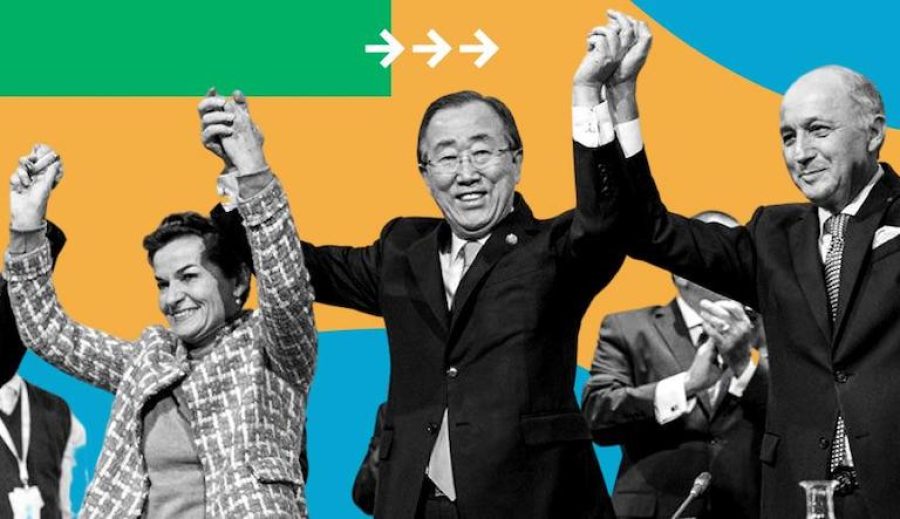The Paris Agreement, signed in 2015, is one of the most important global climate accords in history. Nearly every country in the world has committed to work together to limit global warming to well below 2°C, ideally aiming for 1.5°C. To achieve this ambitious target, governments, companies, and investors must take action to reduce emissions.
One of the key tools within the Paris Agreement is the carbon market. This is where carbon credits come in—a mechanism that allows organizations to offset their carbon footprint by investing in projects that reduce or remove greenhouse gas emissions. crbcoin is dedicated to supporting this vision by investing in projects that generate high-quality carbon credits, from renewable energy and reforestation to clean water and sustainable infrastructure.
How Carbon Credits Connect to the Paris Agreement
The Paris Agreement established a framework for international cooperation, known as Article 6, which allows countries to trade emissions reductions. In simple terms, if one country reduces more emissions than required, it can sell the surplus as carbon credits to another country that struggles to meet its targets.
This creates a global, transparent, and measurable system where carbon credits become a bridge between climate ambition and practical action. For businesses and individuals, this means every ton of carbon avoided or removed has real economic value. At crbcoin, we believe this system empowers projects in developing nations while also helping companies worldwide achieve Net Zero commitments.
Why the Carbon Market is Mandatory for All Countries
Unlike voluntary sustainability efforts, the Paris Agreement makes carbon reductions mandatory for all signatory countries. Every government must submit its Nationally Determined Contributions (NDCs)—climate action plans with measurable targets. If a country cannot meet its goals domestically, it must participate in the international carbon market to stay compliant.
This compliance structure creates a global demand for carbon credits. By 2030, the UN estimates that demand could increase by a factor of ten. This demand is not optional—it is legally and politically binding for nations.
Why Experts Expect the Market to Skyrocket Until 2030
The Big Four accounting firms—KPMG, PwC, Deloitte, and EY—all forecast massive growth in the carbon credit market. Reports from these firms predict that the market could be worth hundreds of billions of dollars by 2030. The reasons are clear:
Government mandates: Countries must meet Paris Agreement targets.
Corporate Net Zero pledges: Thousands of global companies have committed to reducing emissions.
Investor pressure: ESG (Environmental, Social, and Governance) investing is reshaping global finance.
Public awareness: Consumers demand sustainable products and transparent climate action.
In short, the carbon market is not a trend—it is the backbone of the world’s climate strategy.
Crbcoin: Investing in the Future of Carbon Markets
At crbcoin, we see the Paris Agreement not just as a treaty but as a roadmap for a sustainable future. By investing in carbon credit–generating projects, crbcoin provides both environmental impact and long-term value for investors. Whether it is reforestation in Africa, clean cookstoves in Asia, or renewable energy in Latin America, every project brings us closer to the Paris goal of limiting global warming.
The Paris Agreement made one thing clear: the world must act together, and carbon credits are the currency of that action. With demand set to skyrocket until 2030 and beyond, the time to invest in carbon markets is now.





